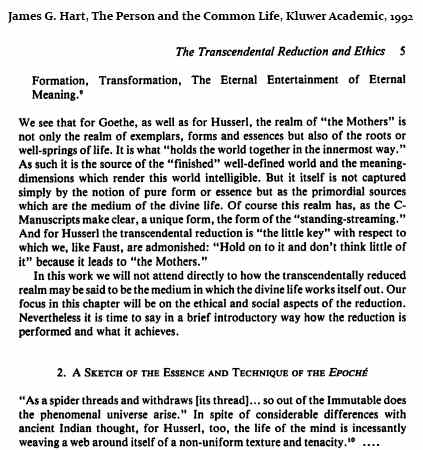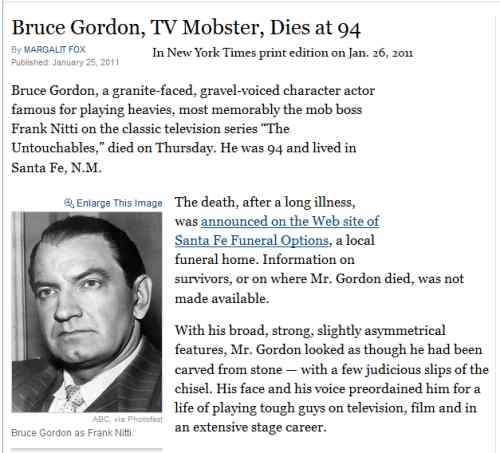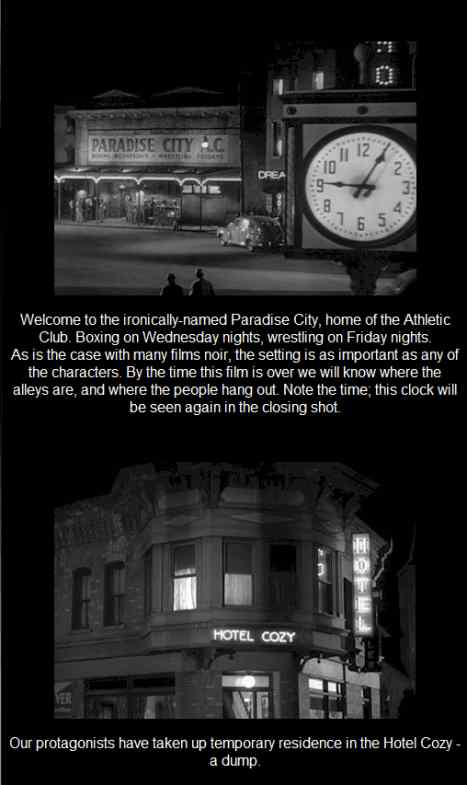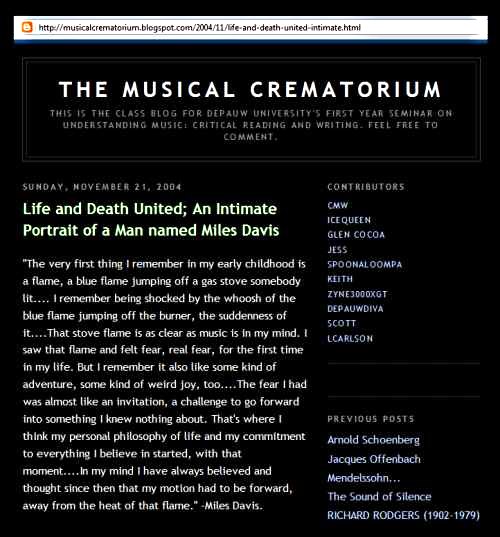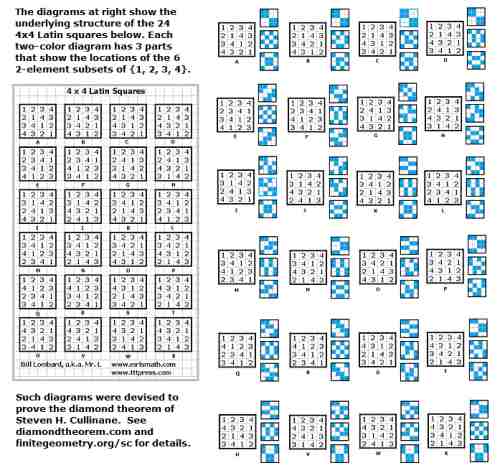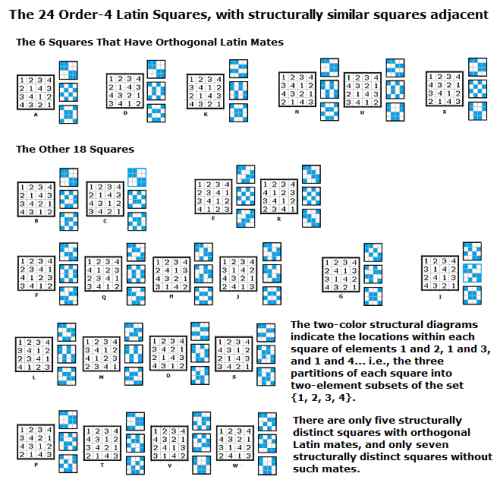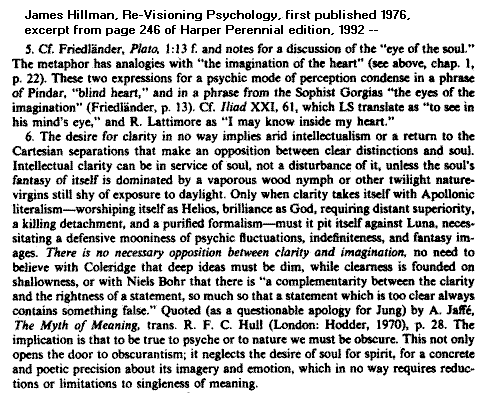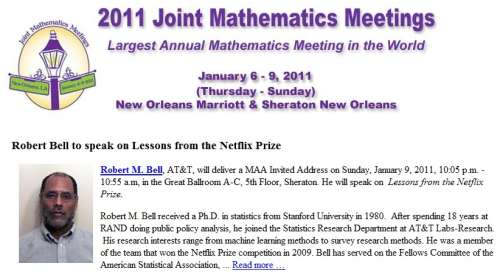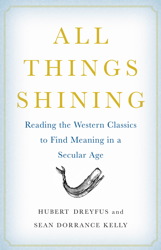In today's Wall Street Journal , Peter Woit reviews a new book on dark matter and dark energy.
For a more literary approach, see "dark materials" in this journal.
Before thir eyes in sudden view appear The secrets of the hoarie deep, a dark Illimitable Ocean without bound, Without dimension, where length, breadth, and highth, And time and place are lost; where eldest Night And Chaos, Ancestors of Nature, hold Eternal Anarchie, amidst the noise Of endless warrs and by confusion stand. For hot, cold, moist, and dry, four Champions fierce Strive here for Maistrie, and to Battel bring amidst the noise Thir embryon Atoms.... ... Into this wilde Abyss, The Womb of nature and perhaps her Grave, Of neither Sea, nor Shore, nor Air, nor Fire, But all these in thir pregnant causes mixt Confus'dly, and which thus must ever fight, Unless th' Almighty Maker them ordain His dark materials to create more Worlds, Into this wilde Abyss the warie fiend Stood on the brink of Hell and look'd a while, Pondering his Voyage.... -- John Milton, Paradise Lost , Book II
Related material:
1. The “spider” symbol of Fritz Leiber’s short story “Damnation Morning”—

2. Angels and demons here and in the Catholic Church.
3. The following diagram by one “John Opsopaus”—





